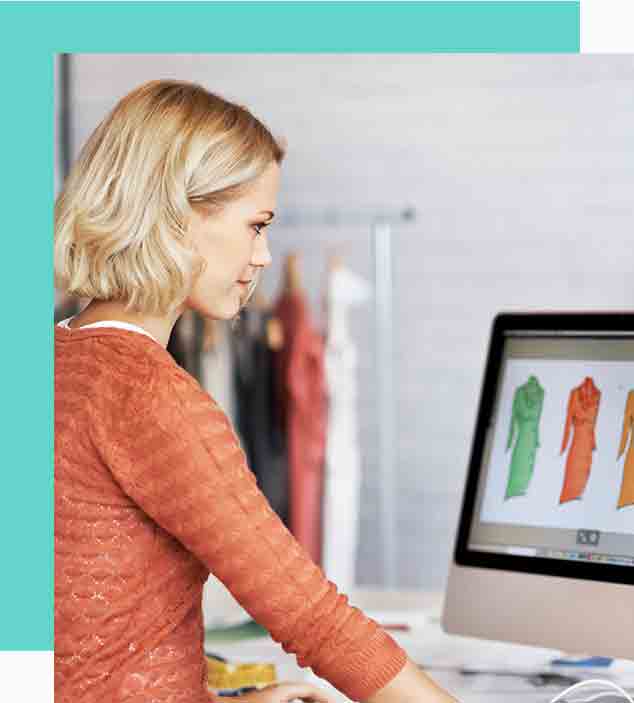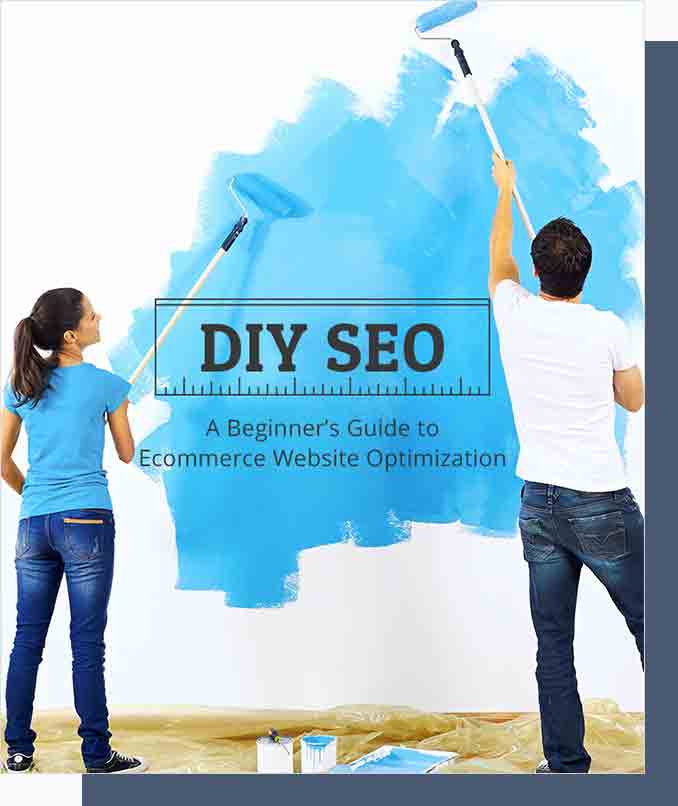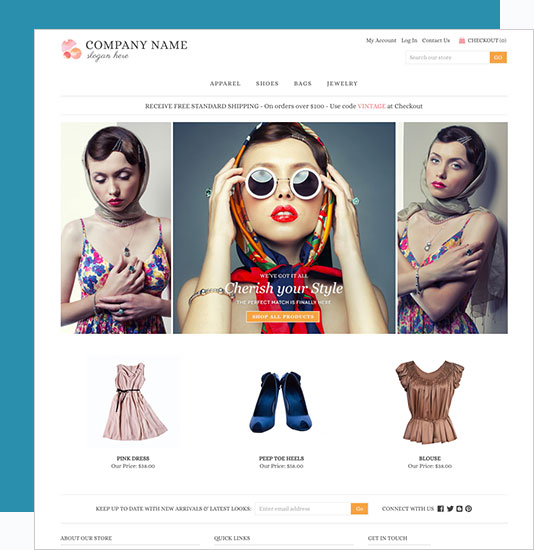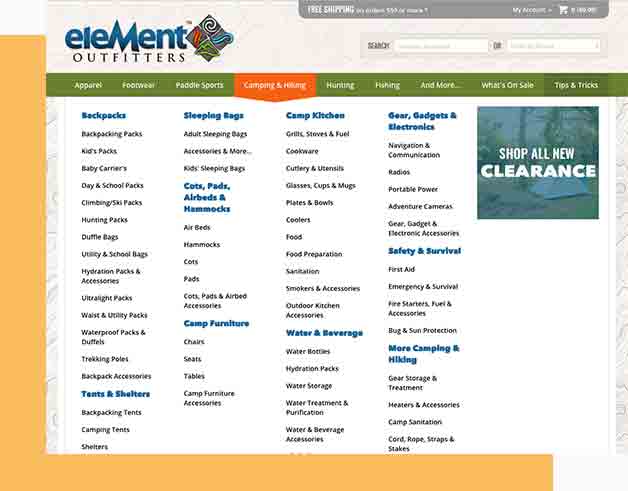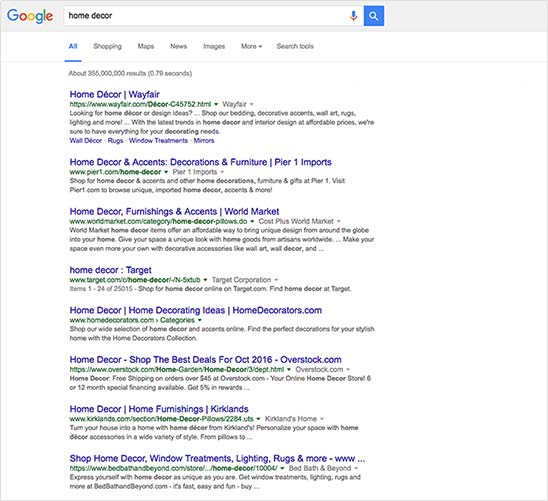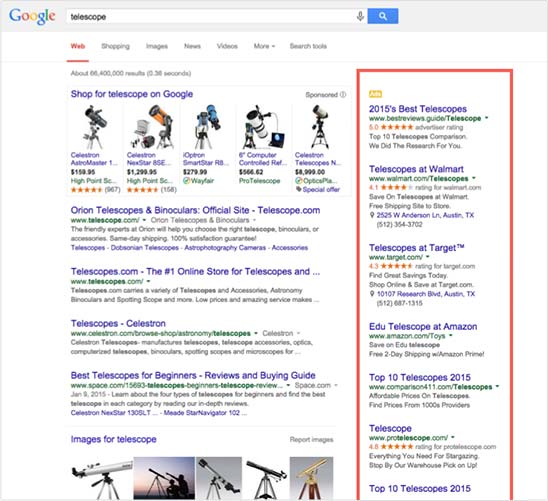Selling Online
Whether it takes the form of a bustling startup, a quaint coffee shop, a hip boutique, or an industrial powerhouse, many people dream of running their own business someday. The appeal is hard to deny: you’ll be able to set your own hours, have creative freedom over your company, and profit from the niche that makes you most passionate. And all of this without answering to a boss!
With the emergence of ecommerce as a powerful force in the retail landscape, the dream of running your own business has never been more attainable.
This guide will teach you all the basics you’ll need to know before embarking on the journey of managing your own successful online business. By the time you’re finished, we hope you feel motivated and empowered to turn that “someday” dream into today!
Finding Your Niche
If you already have products that you are actively selling, go ahead and skip this section and dive into choosing your ecommerce platform. If you still aren’t quite sure what you want to sell - we can help you make a smart choice. Read on!
One of the most common things we encounter in prospective online business owners is the drive to run an online business combined with an inability to choose a focus or decide what to sell. If this is you, don’t worry; many people start out in the same boat. Check out our Picking Products to Sell Online guide for some in-depth advice on finding the products that will spark your entrepreneurial passion while appealing to a unique target audience. The key to finding your niche is to aim for that seemingly elusive combination of demand and market fit while staying true to the personal stamp you can put on whatever you decide to sell.
To that end, we love recommending Google Trends as the first jumping-off point for anyone looking to start an online store. Plug some of your prospective products or categories into Google Trends for a high-level overview of each product’s popularity with today’s search audience and its expected future outlook. Although Google Trends does not address competition, it can give you a high-level understanding of your idea’s viability.
Want more? Check out these resources:
